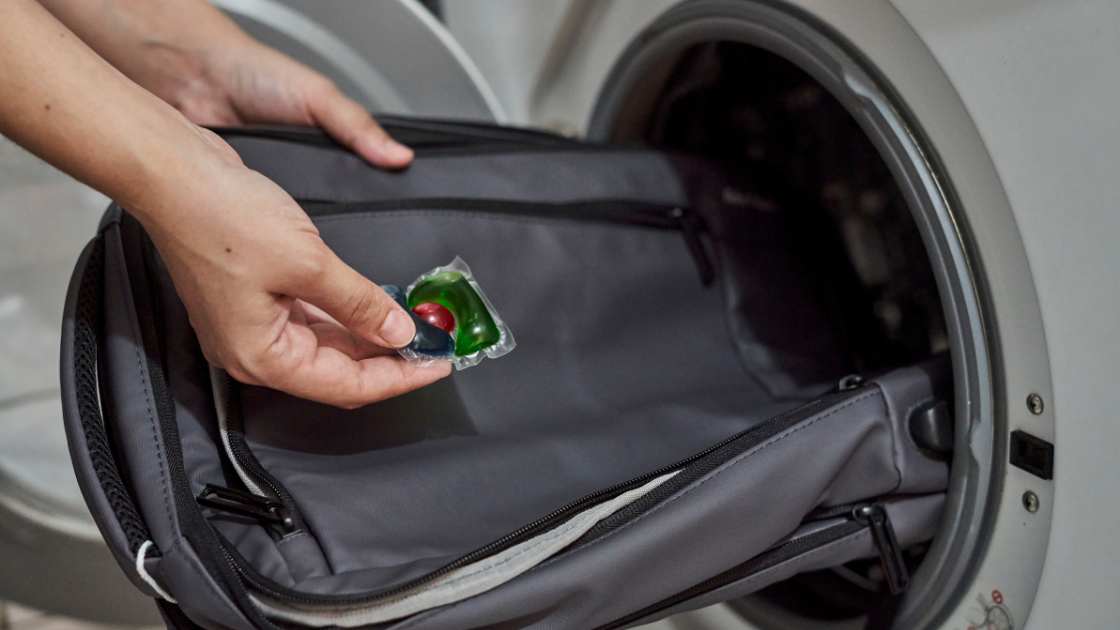Unleash the Power of Klean Strip Paint Sprayer Cleaner
Revolutionize your painting experience with the incredible Klean Strip Paint Sprayer Cleaner. If you’re tired of struggling with clogged paint sprayers, wasted time, and subpar cleaning methods, then look no further. In this article, we’ll delve into the amazing features of Klean Strip Paint Sprayer Cleaner and explore why it has become a game-changer for both professional painters and DIY enthusiasts alike.
The Perfect Cleaning Solution for Paint Sprayers
Maintaining a paint sprayer is crucial for achieving flawless painting results, and Klean Strip Paint Sprayer Cleaner offers the perfect solution. With its powerful formulation, this cleaner is specially designed to remove stubborn paint residues, clogs, and contaminants from your paint sprayer. It ensures a clean and efficient paint flow, preventing blockages and reducing downtime during your projects.
Quick and Efficient Cleaning Process
Gone are the days of spending hours scrubbing and scraping to clean your paint sprayer. Klean Strip Paint Sprayer Cleaner simplifies the cleaning process, saving you valuable time and effort. Its advanced formula effortlessly dissolves dried paint and clears residue build-up in no time. Simply follow the instructions, and you’ll have your paint sprayer ready for the next project in a matter of minutes.
Versatile Application
Whether you’re using an airless, HVLP, or any other type of paint sprayer, Klean Strip Paint Sprayer Cleaner is compatible with all models. Its versatility allows it to effectively clean various types of paint, including oil-based, latex, and enamels. No matter the type of paint you’re using, this cleaner ensures a pristine and well-maintained paint sprayer every time.
Environmentally Friendly
Klean Strip Paint Sprayer Cleaner not only delivers exceptional cleaning performance but also prioritizes environmental sustainability. It is formulated to be low in VOCs (volatile organic compounds) and contains no harmful chemicals like methylene chloride. This eco-friendly cleaner is safe to use, ensuring a healthier work environment for you and your colleagues.
Extends the Lifespan of Your Paint Sprayer
Regularly cleaning your paint sprayer with Klean Strip Paint Sprayer Cleaner helps extend its lifespan and maintain its optimal performance. By preventing the build-up of paint residues and contaminants, you’ll avoid costly repairs or the need for premature replacement. With this cleaner, you’ll get the most out of your paint sprayer investment, ensuring consistent, high-quality results for years to come.
Convenient Packaging Options
Klean Strip understands the diverse needs of painters, which is why they offer their Paint Sprayer Cleaner in various packaging options. From small bottles for occasional use to larger containers for professional projects, you can choose the size that suits your requirements. This flexibility ensures you always have the right amount of cleaner on hand, without wastage.
FAQs
How does Klean Strip Paint Sprayer Cleaner work?
Klean Strip Paint Sprayer Cleaner is formulated with powerful cleaning agents that effectively dissolve dried paint and remove residue build-up in paint sprayers. It works by breaking down and loosening the paint particles, allowing for easy removal. Simply follow the instructions on the packaging to properly use the cleaner and restore your paint sprayer to its optimal condition.
Is Klean Strip Paint Sprayer Cleaner safe to use?
Yes, Klean Strip Paint Sprayer Cleaner is designed to be safe for use. It is formulated to be low in VOCs (volatile organic compounds) and does not contain harmful chemicals like methylene chloride. This makes it a suitable choice for both professional painters and DIY enthusiasts. However, it’s always important to follow the safety guidelines provided on the product label, such as wearing protective gloves and ensuring proper ventilation during use.
Can Klean Strip Paint Sprayer Cleaner be used with different types of paint sprayers and paints?
Absolutely! Klean Strip Paint Sprayer Cleaner is compatible with various types of paint sprayers, including airless, HVLP, and others. It is also effective in cleaning different types of paint, such as oil-based, latex, enamels, and more. Whether you’re using a professional-grade sprayer or a smaller DIY model, you can rely on Klean Strip Paint Sprayer Cleaner to remove paint residues and maintain the performance of your equipment.
Conclusion
Klean Strip Paint Sprayer Cleaner has revolutionized the way painters clean and maintain their paint sprayers. With its powerful formula, quick cleaning process, and versatility, this cleaner offers an unbeatable solution for achieving spotless results. Say goodbye to clogged sprayers and inefficient cleaning methods. Embrace the power of Klean Strip Paint Sprayer Cleaner and take your painting projects to new heights of perfection.










